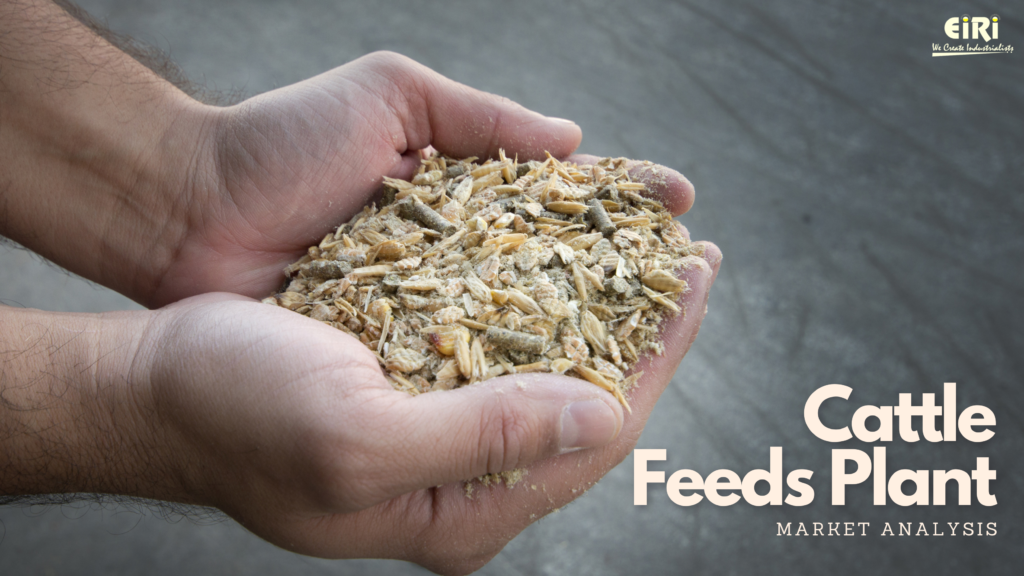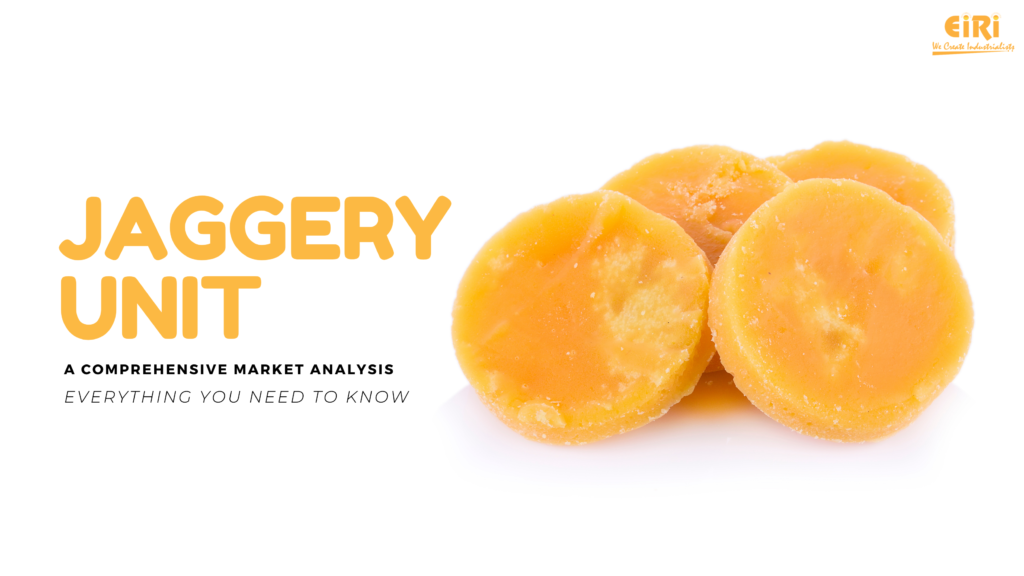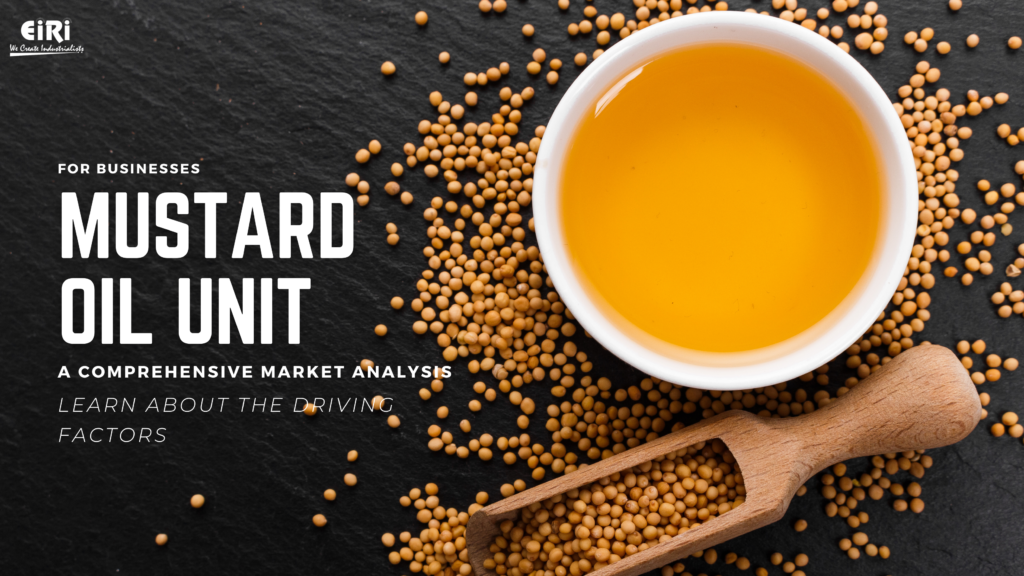Whole Spices Processing – Assessing the Market Health and Deciphering the Opportunities
Whole spices are required in various industries, including food processing and the medicinal industry. They even suffice the requirements in the field of alternative medicine.
The term spices denote any part of a plant that can be used to enhance the taste, flavour and making of food. Even those herbal ingredients that when added to food to obtain a certain health parameter fall under the category of spices. Spices could either be barks, bulbs, buds, flowers, roots, seeds, rhizomes or any other part of the plant.
Usually, several industries require whole spices and condiments that form an inseparable part of their market. India is one of the significant spice producers in the world. It wouldn’t be an exaggeration to say that almost every spice is produced in the country. Naturally, the market scope of spices is massive.
This article lays emphasis on the whole spices processing market’s health and how your business can leverage the opportunities that would source from this industry in the forthcoming period.
Industry Value of Whole Spices Processing Market
Whole spices are processed regularly through a chain of methods, including procuring, drying, cleaning, processing, and grounding whenever required. Additionally, quality control and assessment is also a notable task in this sector.
Every industrial division that acquires whole spices is primarily focussed on acquiring quality products over quantity. The quality over quantity rules the herbal market more in the healthcare sector — since even a little whole spice is enough if its quality is being valued in the market.
That being said, the whole spice industry is expected to touch USD 9.7 billion by 2027.
Major Drivers of the Market and the Market Scope of Whole Spice Processing Industry
Major market drivers of this industry include the ayurvedic, cosmetic and food processing industry. The compound annual expected growth rate is estimated to be 6.5% CAGR from 2020 to 2027. The CAGR of turmeric alone is said to be 7.1% between 2020 to 2027.
A study reveals that increased globalization of cuisines also drives the export and import of spices from across the countries. Additionally, fusion foods are creating a significant market scope for the whole spices market.
As it stands, the major world suppliers of whole spices are India, China and the Asia Pacific region.
Know the Challenge
The global challenge of the whole spice processing industry is a lack of appropriate advertising, and thus, most of the market suffers from a lack of proper visibility.
Channelizing funds for advertisement are still not considered lucrative given the loose structuring of this sector. That said, the common trend of this market is mainly found in the increased meat substitutes, sustainable spice sources, the rise of organic spice and seasoning consumptions.
Market Segmentation of Whole Spice Processing Industry
Major industries where processed whole spices are used include:
Pharmaceutical Industry
The pharmaceutical industry works to build a whole range of products from spices. Thus, they are one of the principal market regulators for spices in the world.
Herbal or Ayurvedic industry
More than the pharmaceutical industries, the herbal and the Ayurvedic industry, flock to the spice market, creating enormous demands every day for the whole spice processing.
Bakery & confectionary industry
Whole spices are primarily consumed by the bakery and confectionery industries. Processed whole spices are therefore demanded heavily by this segment of the market.
Soups, dressings and sauces
Industries manufacturing dry soups also procure processed whole spices and thus serve as vital for the whole spice processing industry.
Frozen market products
The frozen foods are often required to tag up with processed whole spice industries, which essentially entail preparing the frozen foods like frozen meat, fish or vegetables as they all need a dash of spice before they hit the market.
Meat & poultry products
Whether it has frozen meat or fresh meat and poultry products, this industry too works in close association with processed spices and condiments. Hence even here, there is a market that can incorporate quite a considerable quantity of spices annually.
Snacks and other foods
Preparation of snacks, whether it’s just biscuits or noodles, every industry of this kind procures whole processed spices, and thus almost 22% of the spice market is stimulated by this industry.
Fast food industries
Fast foods, principally tinned or canned products, acquire whole spices using them to mix and match spices — they are among the major consumers of processed whole spices in the industry.
In a Nutshell
In concrete terms, this business is easy to manage since procuring whole spices is not hard. The market can be used to procure high-quality uncleaned products from the market, which means driving the business from ground level.
It is a lucrative business option if one is endeavouring to derive monetary benefits (as is mostly the vision) from the whole prices processing industry.




